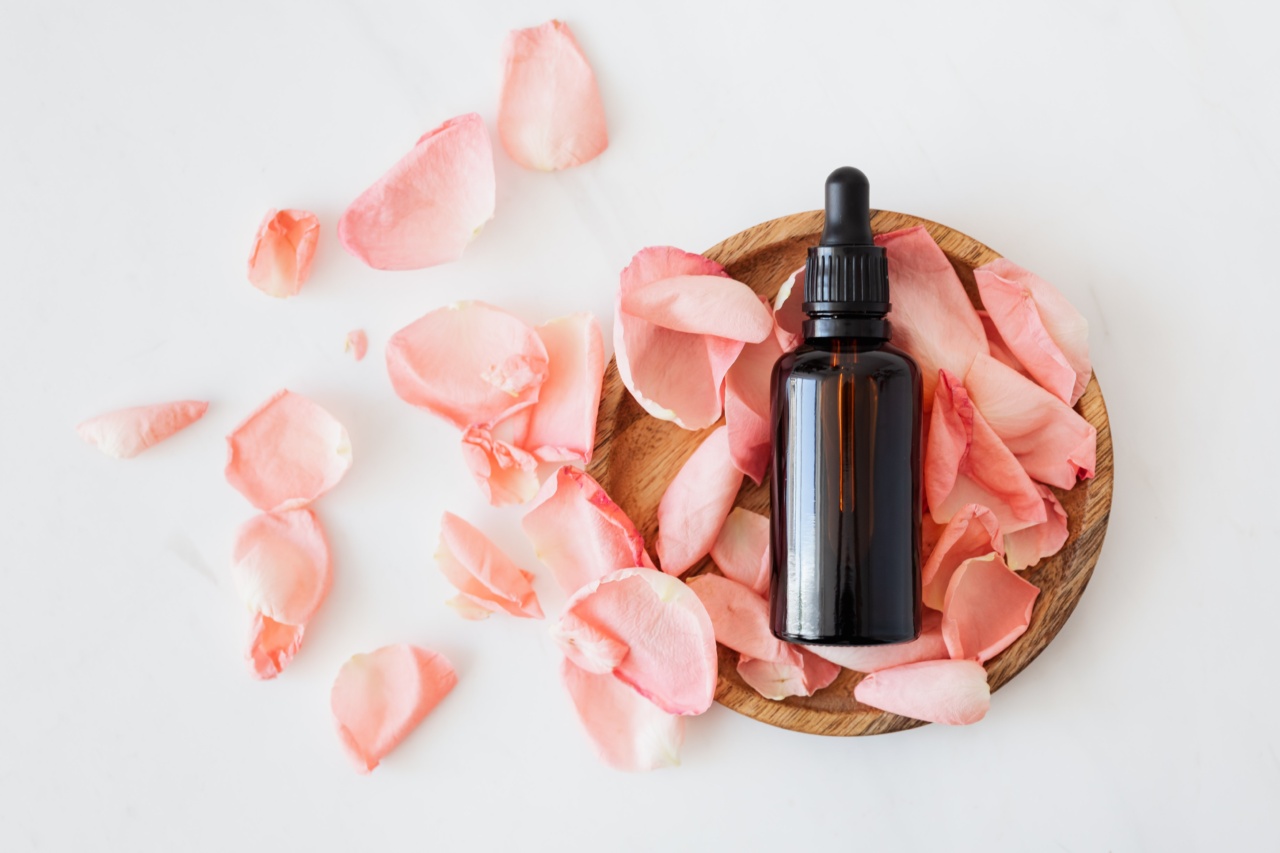Rose oil, also known as rose essential oil, has been a popular ingredient in perfumes, cosmetics, and aromatherapy for centuries. It is derived from the petals of the Rosa damascena, a species of the rose plant native to Iran and Bulgaria.
Rose oil not only smells great but also offers numerous health and beauty benefits. In this article, we will discuss the magic of rose oil, its uses, benefits, and side effects.
History of Rose Oil
Rose oil has been used since ancient times in various cultures for medicinal, cosmetic, and therapeutic purposes.
It was highly valued by the Greeks and the Romans, who used it to scent their baths, mark special occasions, and as an ingredient in their perfumes and cosmetics. The Persian physician Avicenna, who lived in the 11th century, recommended rose oil as a treatment for depression and anxiety.
In Ayurveda, the traditional Indian system of medicine, rose oil is used to balance the body and mind, enhance mood, and treat numerous ailments.
The Extraction Process
There are two main methods of extracting rose oil from the petals: steam distillation and solvent extraction. Steam distillation is the most common method used for producing rose oil.
In this process, the petals are placed in a distillation tank, and steam is passed through them. The steam causes the cells of the petals to burst, releasing the essential oil, which is then collected in a separate container.
Solvent extraction, on the other hand, involves using a chemical solvent such as hexane to dissolve the essential oil from the petals.
Uses and Benefits of Rose Oil
1. Aromatherapy
One of the most common uses of rose oil is in aromatherapy. Its sweet, floral scent has a calming and relaxing effect on the mind and body, making it a popular choice for treating anxiety, depression, and stress.
Rose oil can be used in a diffuser, as a room spray, or added to bathwater to promote relaxation and reduce tension.
2. Skincare
Rose oil is a popular ingredient in skincare products such as creams, lotions, and serums, due to its moisturizing and nourishing properties.
It helps to reduce inflammation, redness, and irritation, making it an ideal choice for sensitive or inflamed skin. It also has anti-aging benefits, as it helps to boost collagen production and improve skin elasticity, resulting in a more youthful and radiant complexion.
3. Haircare
Rose oil can also be used to improve the health and appearance of hair. It helps to hydrate the scalp, reduce dandruff, and promote healthy hair growth. It can be added to shampoo or conditioner or used as a hair mask to nourish and strengthen the hair.
4. Menstrual Cramps
Rose oil is known for its analgesic and antispasmodic properties, which make it an effective remedy for menstrual cramps. It can be used topically by massaging it onto the lower abdomen or added to a warm bath to help alleviate pain and cramping.
5. Digestive Issues
Rose oil has been traditionally used to treat digestive issues such as bloating, constipation, and indigestion. It helps to stimulate digestion, reduce inflammation, and promote the elimination of waste from the body.
It can be used topically by massaging it onto the abdomen or added to a warm compress.
Side Effects of Rose Oil
Rose oil is generally considered safe for most people when used in moderation and according to the instructions. However, some people may experience allergic reactions or skin irritation when using rose oil, especially those with sensitive skin.
It is important to do a patch test before using rose oil topically and to dilute it with a carrier oil such as coconut oil or almond oil to avoid skin irritation. It should also be avoided during pregnancy or breastfeeding and should not be ingested.
Conclusion
Rose oil is a versatile and beneficial essential oil with numerous uses and health benefits.
It has a pleasant fragrance and offers a range of therapeutic and cosmetic benefits, from promoting relaxation and reducing anxiety to improving skin and hair health. While it is generally safe to use when used in moderation, it is important to be cautious and do a patch test first to avoid allergic reactions or skin irritation.































